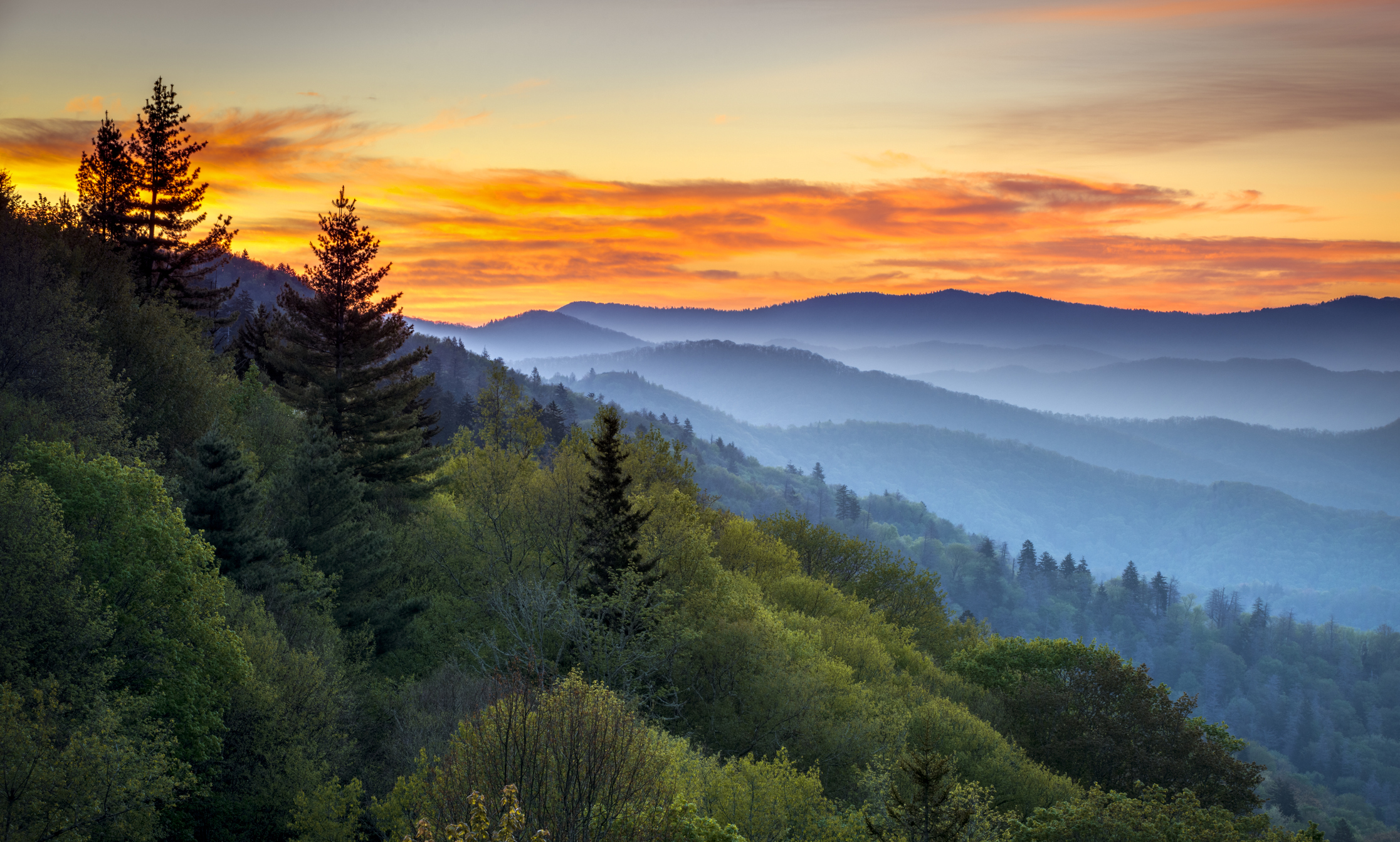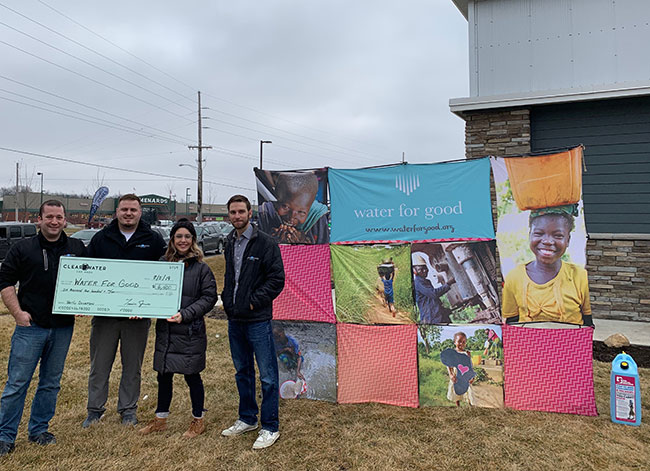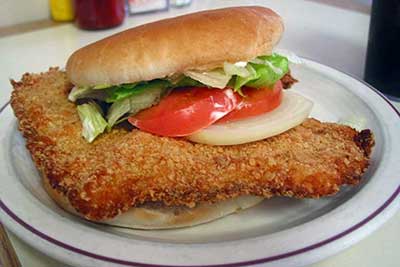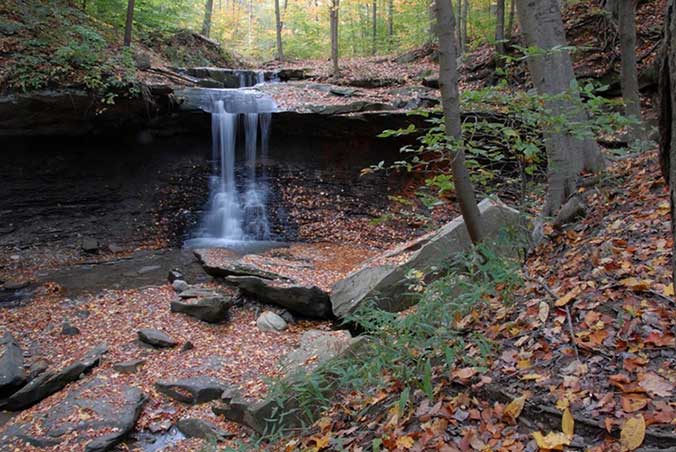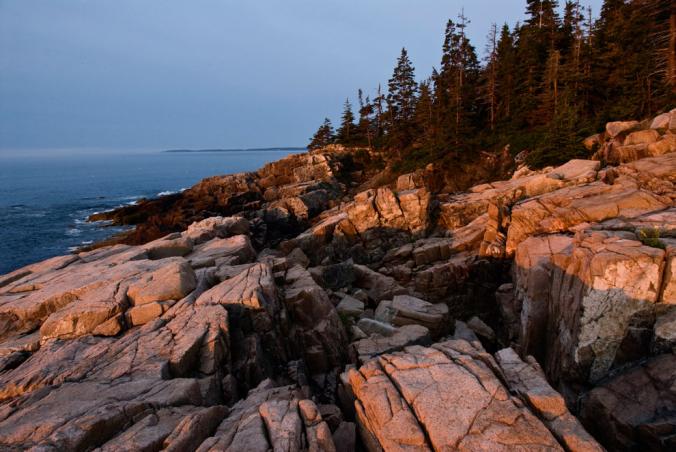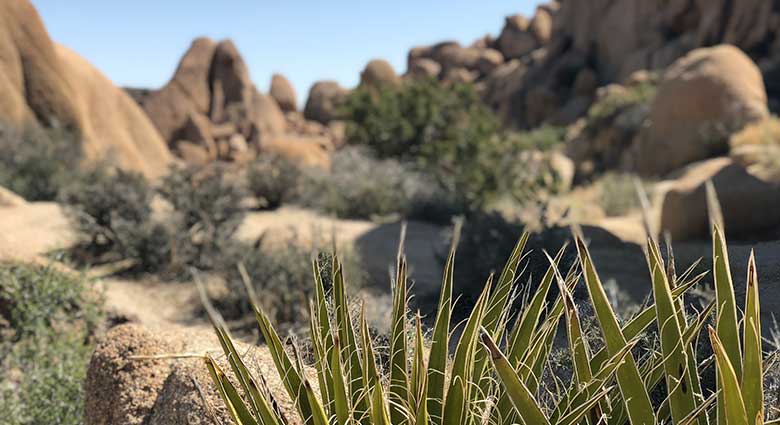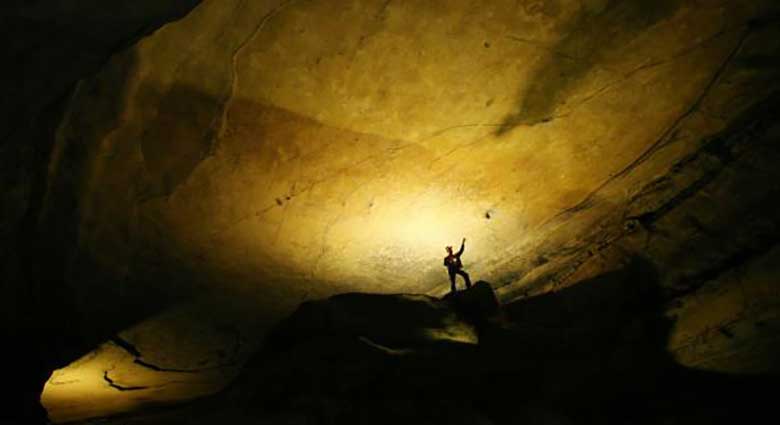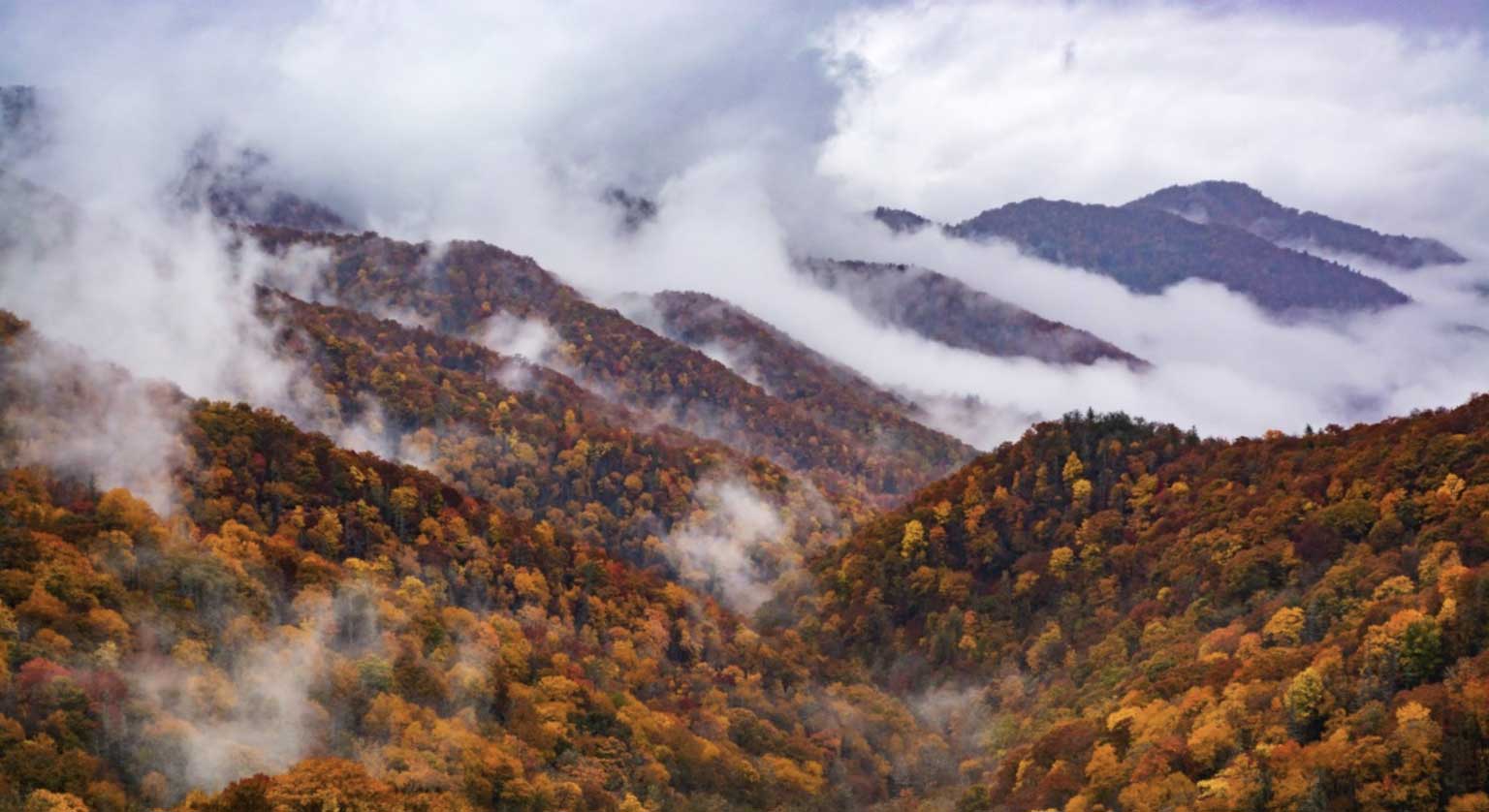The coronavirus pandemic brought travel to a screeching halt in the spring—air travel in particular. As the months go on and restrictions are lifting in many areas, travel has begun to pick back up, although not always by way of plane. This summer, many travel and news outlets predicted the return of the Great American Road Trip. Families are canceling flights and hitting the highway in 2020, and that’s good news for the car wash industry.
The Logic
Cars offer more control when it comes to travel. You aren’t bustling around a crowded terminal or sharing a small space with strangers. You get to choose who you travel alongside, and when and where you interact with others. Less contact means less chance of spreading illness, and that’s why so many people are understandably opting for road travel.
The Destinations
Instead of hopping a plane to the Caribbean or Europe, this year we’re criss-crossing our own backyard and discovering treasures closer to home. People who didn’t consider themselves camping types before? Now they’re buying tents and mapping routes to National Parks. Densely populated city destinations are being swapped out for deserts, mountains, and plains. The wide open outdoors has taken on a new appeal, and travelers are seeking out fresh air and vast spaces in ways they haven’t in the past.
The Silver Lining
We see the silver lining to these health-related travel shifts as two-fold. First? Americans are out exploring parts of our country they may not have experienced before, discovering (and rediscovering) its beauty. And second, increased road travel translates to a lot more stops at car washes. The world may be a different place in this moment, but there are still plenty of adventures being had out there. And dirty cars to prove it.
Get in touch with your Harrell’s rep and make sure your cleaning products and equipment are ready for this summer’s road-trippers.

